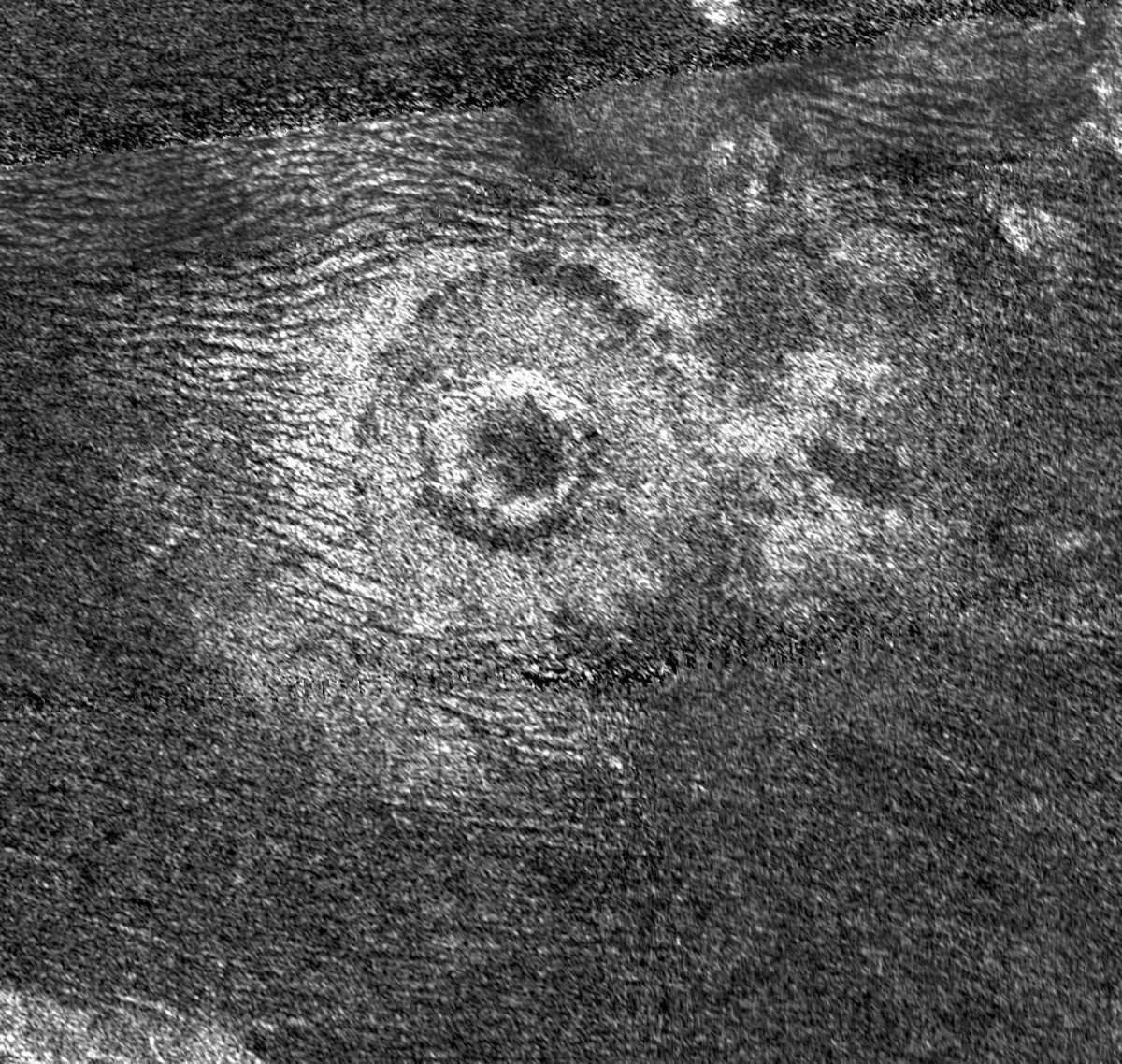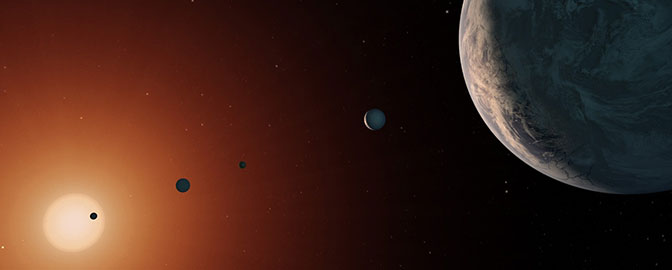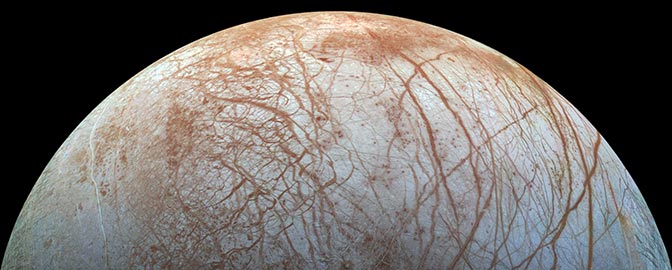Emily Lakdawalla • Sep 02, 2011
Titan crater and programming note
The summer is winding to a close but it's not quite over for me -- by which I mean my children -- yet. They're at home with me for a few days until school picks up again on Wednesday next week. All the holidays and travel of the summer have left me with an enormous backlog of space stories to tell, not to mention the stories that guest bloggers want to tell, nor to mention the hundreds of unread(!) messages in my mailbox, unopened academic journals, unexplored image releases, and un-transcribed notes from the New Horizons science meeting. This is just a note to explain that I may be scarce for a few days on the blog and Twitter for this last week or so of summer, and then it will be time for me to begin digging myself out with lots of cool things to show and tell you!
In the meantime, please enjoy this new discovery from Titan, the eighth known impact crater, accompanied by a wonderfully thorough caption written by a member of the Cassini RADAR team.

Dunes, visible as dark lines on the left of the image, have been swept toward the crater by the winds of Titan. These dunes have encroached very little onto the bright ejecta, compared to those on Ksa where more than a third of the ejecta blanket on its western edge is covered by dunes.
While Saturn's other moons have many thousands of craters, Titan has very few. One reason is that Titan's dense atmosphere burns up the smaller impacting bodies before they can reach the surface. The craters that do form are often hard to recognize or disappear entirely as they are eroded over time by geological processes such as the wind-driven motion of sand and, possibly, icy volcanism.
This synthetic-aperture radar (SAR) image, centered at 12 degrees north latitude and 45 degrees west longitude, measures 150 miles (242 kilometers) high by 160 miles (257 kilometers) wide, with resolution of about 350 meters per pixel; north is at the top, and the image is illuminated from the bottom. Incidence angle varies from 15 to 25 degrees.Image: NASA / JPL-Caltech
The Time is Now.
As a Planetary Defender, you’re part of our mission to decrease the risk of Earth being hit by an asteroid or comet.
Donate Today

 Explore Worlds
Explore Worlds Find Life
Find Life Defend Earth
Defend Earth

